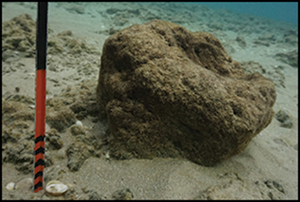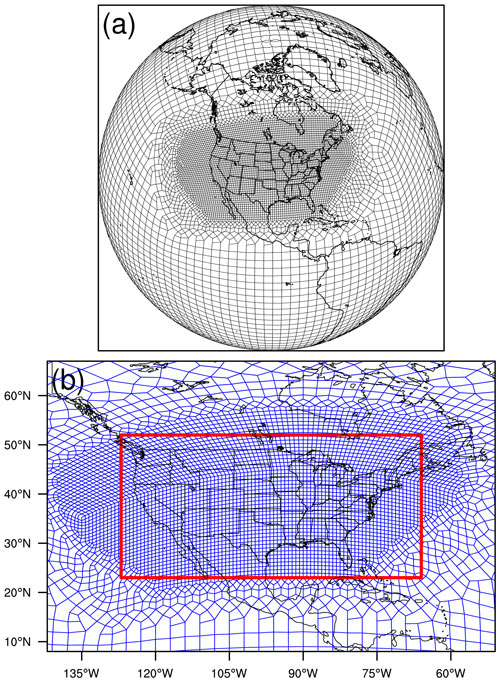2024-04-30 パシフィック・ノースウェスト国立研究所(PNNL)
<関連情報>
- https://www.pnnl.gov/publications/uneven-strain-distribution-induces-detwinning-penta-twinned-nanoparticles
- https://pubs.acs.org/doi/full/10.1021/acs.nanolett.3c03788
不均一なひずみ分布がペンタツインナノ粒子の連続転位すべり、平面滑走、およびその後の脱ツインを誘起する Uneven Strain Distribution Induces Consecutive Dislocation Slipping, Plane Gliding, and Subsequent Detwinning of Penta-Twinned Nanoparticles
Miao Song, Jianming Cui, Colin Ophus, Jaewon Lee, Tianyu Yan, Kristen A. Fichthorn, and Dongsheng Li
Nano Letters January 17, 2024
DOI:https://doi.org/10.1021/acs.nanolett.3c03788
Abstract

Twin structures possess distinct physical and chemical properties by virtue of their specific twin configuration. However, twinning and detwinning processes are not fully understood on the atomic scale. Integrating in situ high resolution transmission electron microscopy and molecular dynamic simulations, we find tensile strain in the asymmetrical 5-fold twins of Au nanoparticles leads to twin boundary migration through dislocation sliding (slipping of an atomic layer) along twin boundaries and dislocation reactions at the 5-fold axis under an electron beam. Migration of one or two layers of twin planes is governed by energy barriers, but overall, the total energy, including surface, lattice strain, and twin boundary energy, is relaxed after consecutive twin boundary migration, leading to a detwinning process. In addition, surface rearrangement of 5-fold twinned nanoparticles can aid in the detwinning process.



